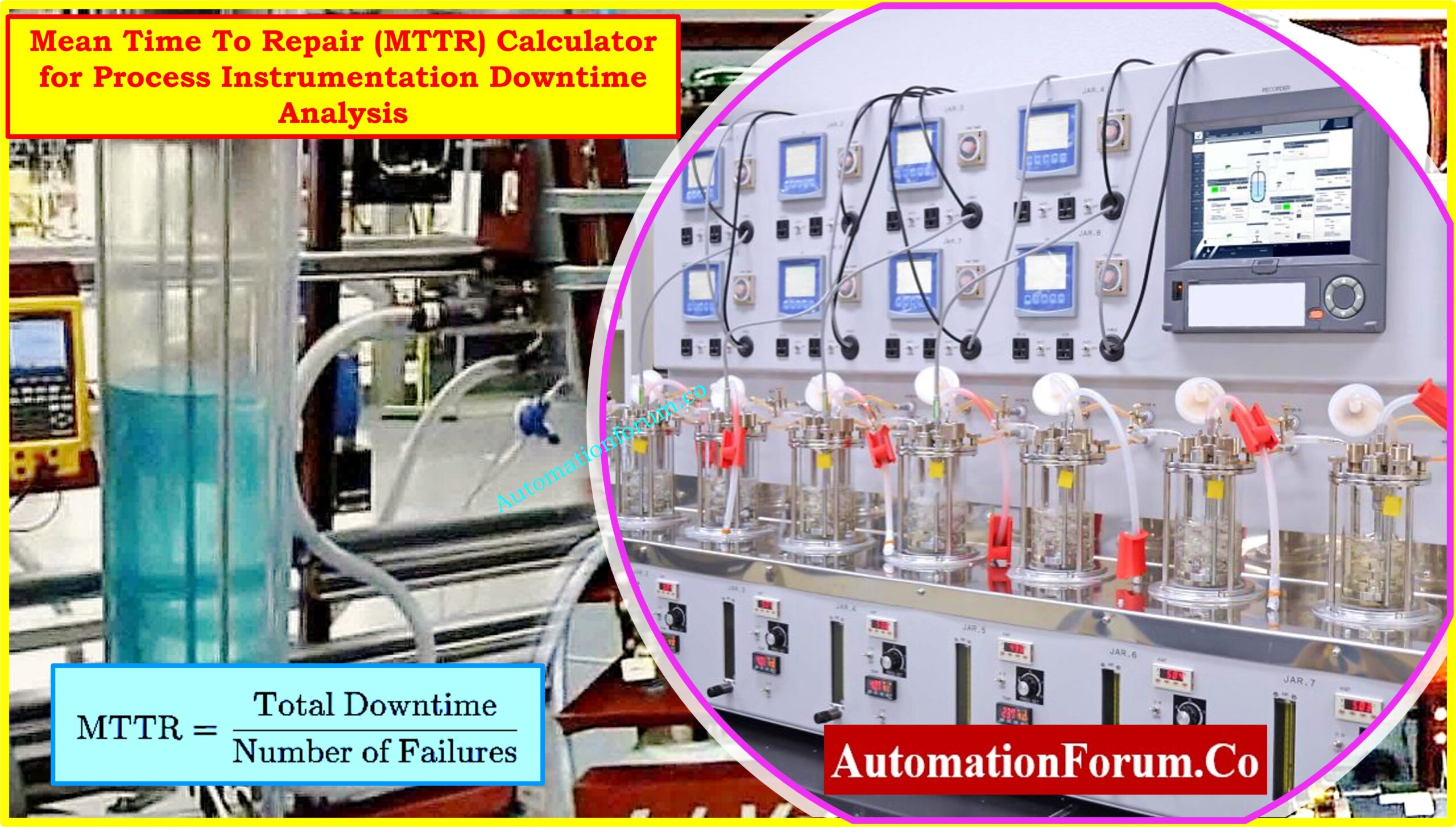A dosing pump can also be called as a displacement pump, these pumps are usually diaphragm pumps and they are mostly used for dosing in the low-pressure range. A dosing pump is used to add a small amount of chemical or gas into a gas flow or it can be also be used to add chemicals in water stream and while doing this the pump must be able to pump a very accurate amount of the substance to the water in a controlled way. In most of the dosing applications dosing accuracy is an important thing. Mostly dosing pumps are positive displacement pumps and it has a stroke adjustment feature and by using this feature we can set the desired flow rate in the range of its capacity and they are designed for accuracy of discharge and there shouldn’t be any variation in the running condition too.

How does a dosing pump work
The operation of the dosing pump is based on the principle of positive displacement pump. This pump will be powered by using an air actuator or a motor. The major part of the dosing pump is a valve that will suck the chemical liquid from the chemical tank to the pump. This pump also has a switch that would act as an alarm when the chemical liquid has decreased. By using a piston or plunger the dosing pump will force the fluid from the inlet side to the outlet of the pump.
How to install a dosing pump
- The pump must be installed in a dry environment
- The pump must be placed above the liquid that is needed to be dosed
- The discharge point must be facing upward
- The suction nipple will be on the lower side with the suction tubing completely immersed in a solution
- The suction tubing must be cut according to the required length and attach the suction filter to it
- We must make sure that the suction filter is always placed vertical and always should be completely immersed in the solution
- The remaining tube on the discharge side can be used to connect the injection valve to the injection pipe into which dosing is to be done
- Connect the pump nozzle to the injection valve
- Plug the pump into a 230v AC
What is the function of a dosing pump and where is it used
- A dosing pump or metering pump is a pump that can be used to control the amount, of chemical that is to be added in a process fluid
- In power stations, chemicals are injected or fed to boilers and also to feed up and makeup water under pressure. So all these feedings are done at small capacity by the help of a dosing pump
- The desired flow rate can be achieved by the dosing pump
- Dosing pumps are used in laboratories and various kinds of industrial waters
- Mostly the dosing pump has a regulator and by this, the material that is mixed with solvent can be measured accurately
How to select a dosing pump
- It must be selected according to the capacity
- Desired pressure at the discharge
- Desired flow rate
- It must be selected according to the type of stroke control
- Chemical to be handled
How to do the maintenance of a dosing pump
We must check the chemical additive tank so that we can avoid the case in which the pump operates without liquid, if the pump operates without the liquid then it could badly affect the pump. Check the operating condition of the pump at least every four months. The pump’s head position, screw, bolts, and seals must be checked. If the pump operates with aggressive chemicals then we need to check the pump more frequently. The dosing pump flow rate could be reduced due to the valves wearing, in that case, it must be replaced.
What are the applications of the dosing pump?
- Power plants
- High-pressure boiler feedwater treatment
- Refinery and petrochemical industry
- Treatment of process water
- Drinking water treatment
- Wastewater treatment
- Chemical industries
- Cleaning water treatment
- Low-pressure boiler feedwater treatment
- Food and beverage
- Pulp and paper





